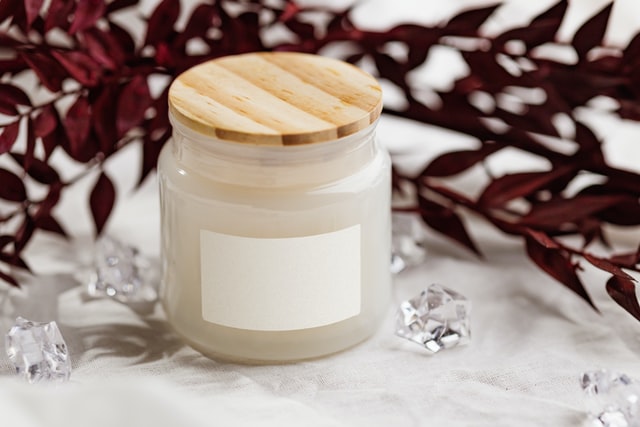The environment where the product will be placed dictates which label material will be best. High levels of moisture, heat or the need for refrigeration will all play their part when it comes to labels for jars and bottles. The right label material is important. In this article, we will be examining some of the most important considerations recommended by Label Solutions Ltd. when it comes to choosing labels for jars and glass bottles.
Taking the Environment into Consideration
Glass bottles and jars are used in many ways. Consumers use products in these sorts of containers in many ways and they are displayed in a number of settings. These factors need to be taken into consideration. Exposure to heat, oils and the amount of moisture in the environment can all have negative effects on labels, depending on the material used. Take a look at the features that influence label choice when it comes to glass jars and bottles.
Moisture Resistance
Glass beverage containers will experience condensation. When it comes to white wine, beer, and even soft drinks those glass bottles will often be exposed to ice in order to keep them chilled, which means exposure to high levels of moisture. Labels used on those sorts of products need to be highly moisture resistant. Bottles of this type will be displayed on countertops, kept in fridges, or soaked in ice buckets - under these sorts of circumstances the label must retain its good looks. Brands suffer when the labelling is soggy, discoloured, or peeling away from the bottle.
Heat Tolerance
Scented candles are a perfect example of why heat-resistant labelling is important. Consumers become dissatisfied when labels are exposed to heat discolour or peel. A temperature-resistant label is essential when marketing candle jars. They will look great from the instant the candle is lit for the first time until it burns out at the bottom of the jar.
Acid or LowpH Resistance
Vinegar or ketchup are only two examples of products that are packaged in glass jars. Both of these products have a high acid content. Both low pH and high acid content can quickly damage labelling. If you are in the market for labelling for craft condiments make sure that the labels used will not suffer due to spills and the inevitable drips on the outside of the jar or bottle.
Oil Resistance
Cosmetics and essential oils (as well as vegetable oil) or also subject to spills and drips. Many labels (unlaminated paper labels especially) readily absorb oil. This leads to the labels discolouring or darkening. Laminated labels or labels manufactured using synthetics like polyester will ensure thndat labels retain their vibrancy - even in the face of repeated spills.
UV Resistance
Products such as salad oil will be exposed to large amounts of sunlight and the attendant UV rays. These rays can quickly degrade labels. They crack and become unsightly or even peel away from the container completely. Ensure that the label is UV resistant - this will ensure that the product presents your brand in the best possible light.
Vinyl
Vinyl is a great choice for labels on glass bottles and jars. It flexes easily and can be moulded to non-standard or smaller containers. It is highly heat resistant (great for use with candles) and it is moisture and oil-resistant. It is also impervious to the effects of low pH or high acid container contents. It's perfect for labelling beer, cosmetics, oils of various types, and wine.
